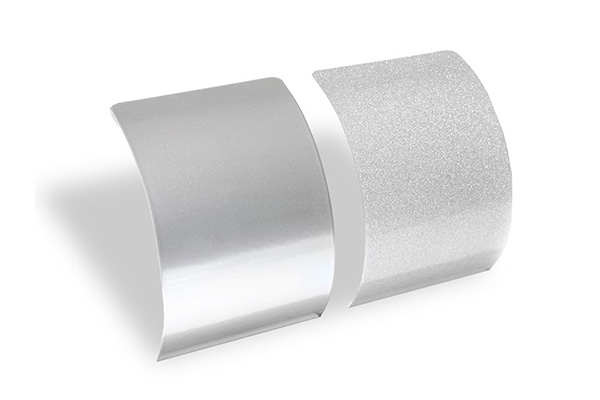Aluminum is a versatile and widely used material in various industries, from construction and automotive to consumer electronics and home appliances. To enhance its durability, appearance, and resistance to corrosion, aluminum is often treated with either powder coating or anodizing. Although both processes improve the metal’s properties, they are fundamentally different in their methods and the results they produce. This article explores the key differences between powder-coated aluminum and anodized aluminum, examining their processes, benefits, and applications.
Powder Coated Aluminium
The Process
Powder coating involves applying a dry, free-flowing powder to the surface of aluminum. This powder is typically composed of resin, pigments, and additives. The process can be broken down into several steps:
- Surface Preparation: The aluminum surface is cleaned and pre-treated to remove any contaminants and ensure proper adhesion. This often involves sandblasting or chemical etching.
- Application: The powder is applied using an electrostatic spray gun. The charged powder particles adhere to the grounded aluminum surface.
- Curing: The coated aluminum is then placed in an oven where the powder melts and forms a uniform, hard finish as it cools.
Benefits
- Durability: Powder coating provides a thick, hard finish that is highly resistant to scratching, chipping, and fading.
- Corrosion Resistance: The coating acts as a barrier against moisture and chemicals, protecting the aluminum from corrosion.
- Aesthetic Flexibility: Powder coatings are available in a wide range of colors and finishes, including matte, glossy, and textured.
- Environmental Impact: Powder coating is considered environmentally friendly as it produces minimal volatile organic compounds (VOCs) compared to liquid paints.
Applications
Powder-coated aluminum is commonly used in architectural elements (such as window frames and doors), automotive parts, outdoor furniture, and household appliances.
Anodized Aluminium
The Process
Anodizing is an electrochemical process that enhances the natural oxide layer on the surface of aluminum. The process involves the following steps:
- Cleaning: The aluminum surface is thoroughly cleaned to remove any impurities.
- Electrolytic Bath: The aluminum is submerged in an acid electrolyte bath, typically sulfuric acid.
- Electric Current: An electric current is passed through the bath, causing the aluminum to oxidize and form a thicker oxide layer.
- Sealing: The anodized aluminum is often sealed in hot water or steam to close the pores in the oxide layer and enhance corrosion resistance.
Benefits
- Increased Hardness: The anodized layer significantly increases the surface hardness of the aluminum, making it more resistant to abrasion.
- Corrosion Resistance: The thick oxide layer provides excellent protection against corrosion.
- Aesthetic Properties: Anodized aluminum has a distinctive metallic sheen and can be dyed in various colors while maintaining a natural metallic look.
- Non-Contaminating: Anodizing is a highly controlled process that does not involve organic solvents or heavy metals, making it environmentally friendly.
Applications
Anodized aluminum is widely used in architectural cladding, consumer electronics (like smartphone casings), cookware, automotive parts, and sporting goods.
Key Differences
- Process: Powder coating is a surface treatment that applies a protective and decorative layer to aluminum, while anodizing enhances the aluminum’s natural oxide layer through an electrochemical process.
- Finish: Powder coating provides a thicker, more uniform finish that can be textured or glossy, whereas anodizing results in a thinner, harder surface with a natural metallic sheen.
- Durability: Both treatments offer excellent durability and corrosion resistance, but anodizing generally provides superior hardness and wear resistance.
- Color Options: Powder coating offers a broader range of color and texture options, while anodizing is limited to metallic hues but can achieve a more natural look.
- Environmental Impact: Both processes are environmentally friendly, but powder coating may produce fewer emissions and waste compared to anodizing.
Conclusion
Both powder-coated aluminum and anodized aluminum offer unique benefits that make them suitable for different applications. Powder coating provides greater flexibility in color and finish, making it ideal for decorative and aesthetic purposes. Anodizing, on the other hand, enhances the natural properties of aluminum, offering superior hardness and a metallic appearance. Understanding these differences can help consumers and manufacturers choose the right treatment for their specific needs, ensuring the longevity and performance of aluminum products.
Post time: 8 月-05-2024





